Ethereum
Hamster Kombat enjoys triple-digit boost from six days ago
Published
2 weeks agoon
By
admin
Hamster Kombat is up over 110% from its all-time low price of $0.002263 six days ago.
At last check Saturday, Hamster Kombat (HMSTR) was among the top-three trending coins on CoinGecko, up by almost 88%.
Its fully diluted valuation currently hovers at around $475.6 million. See below.
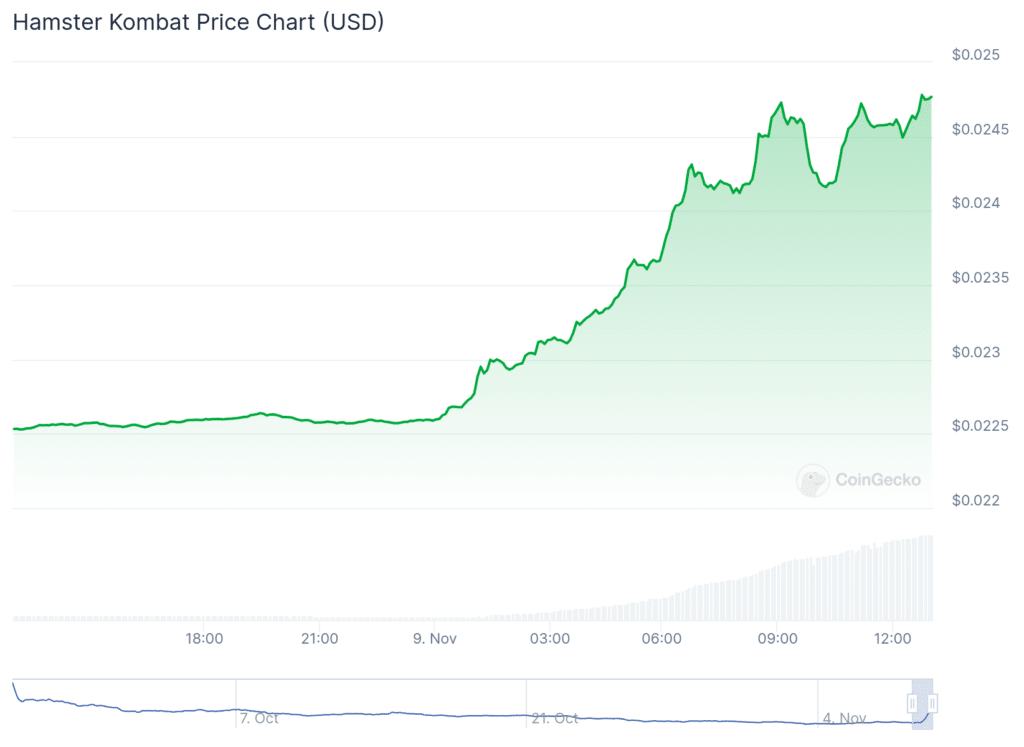
What is Hamster Kombat?
The creators of Hamster Kombat remain anonymous — a common choice in the crypto sector.
Based on a game launched via Telegram, Hamster Kombat meshes gaming with blockchain technology, allowing players to earn in-game HMSTR tokens.
Players can tap on digital hamsters to gain rewards. They can then be upgraded and use the coins to access special game features.
Hamster Kombat also uses non-fungible tokens, or NFTs, and is set to integrate TON blockchain wallets for storing and converting earned tokens.
The recent activity around the meme coin comes as crypto.news reported that Hamster Kombat’s recent chart pattern indicated that a comeback was imminent, despite the coin wallowing in a deep bear market.
Bongo Cat enjoys a brand-new beat
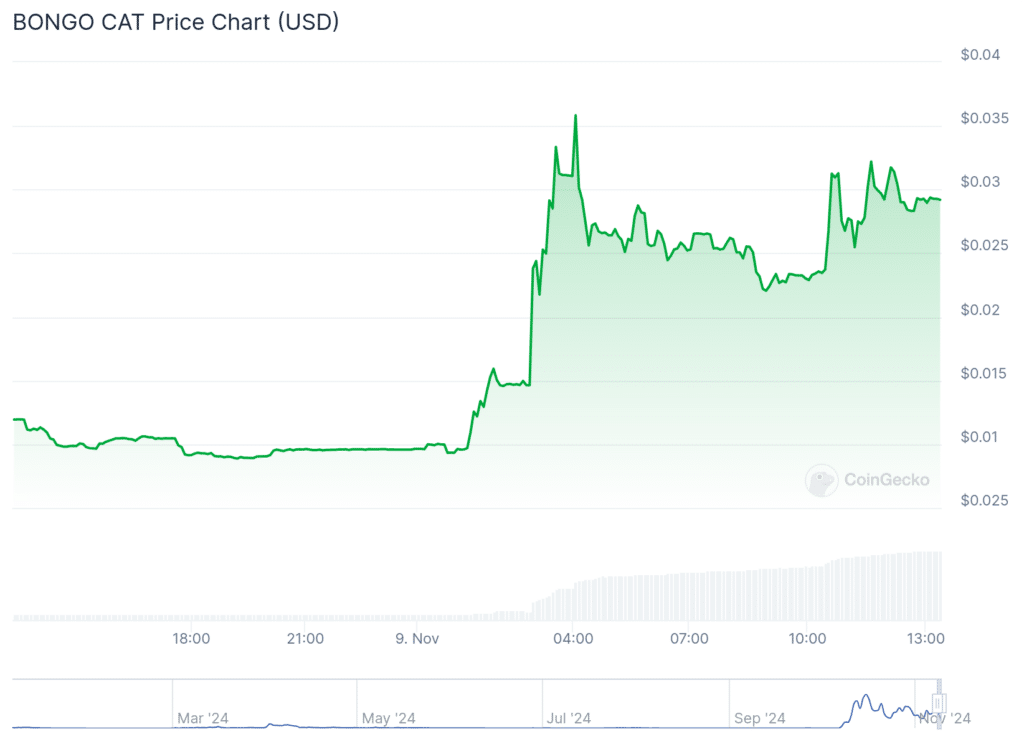
Bongo Cat (BONGO) is a meme coin inspired by an internet meme and video featuring a cat playing the bongos.
It has gained attention in the cryptocurrency community, combining meme culture with blockchain technology. As of now:
Bongo Cat is priced at approximately $0.02922 and is currently up 150% at last check on Saturday — the largest-gaining digital asset on CoinGecko.
This blend of meme and finance illustrates the ongoing trend of meme coins capturing both speculative interest and community-driven support in the crypto market.
LMEOW purrs in Thailand
Lmeow (LMEOW) jumped triple-digits on Saturday, coinciding with hype and promotion at Thailand Blockchain Week 2024.
The event, which aims to elevate Thailand into a new era of financial technology, is currently taking place Saturday and Sunday.
Lmeow has a fully diluted valuation of $34.8 million.
The cat-themed tokens can be traded on decentralized exchanges and centralized crypto exchanges, including Uniswap V2 (Ethereum), where the most active trading pair
LMEOW currently has a trading volume of more than $6 million in the last 24 hours.

Source link
You may like
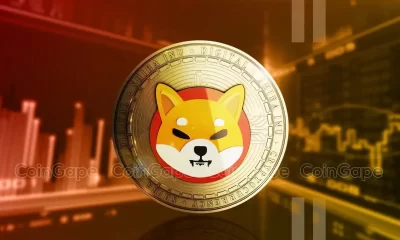

Rare Shiba Inu Price Patterns Hint SHIB Could Double Soon
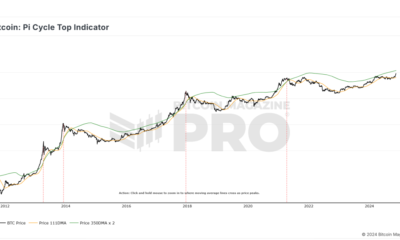

The Bitcoin Pi Cycle Top Indicator: How to Accurately Time Market Cycle Peaks
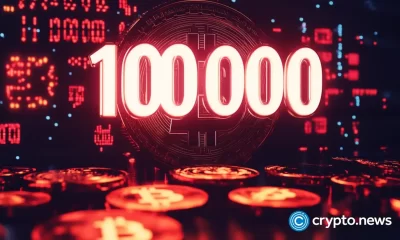

Bitcoin Approaches $100K; Retail Investors Stay Steady


Solana Hits New ATH On Huge Whale Accumulation, More Gains Ahead?


Microsoft Should Buy $78 Billion Worth of Bitcoin


Ethereum Believers May Be Staring Down Opportunity As ETH Reaches Another Low Against Bitcoin: CryptoQuant CEO
ETH
Ethereum Believers May Be Staring Down Opportunity As ETH Reaches Another Low Against Bitcoin: CryptoQuant CEO
Published
7 hours agoon
November 22, 2024By
admin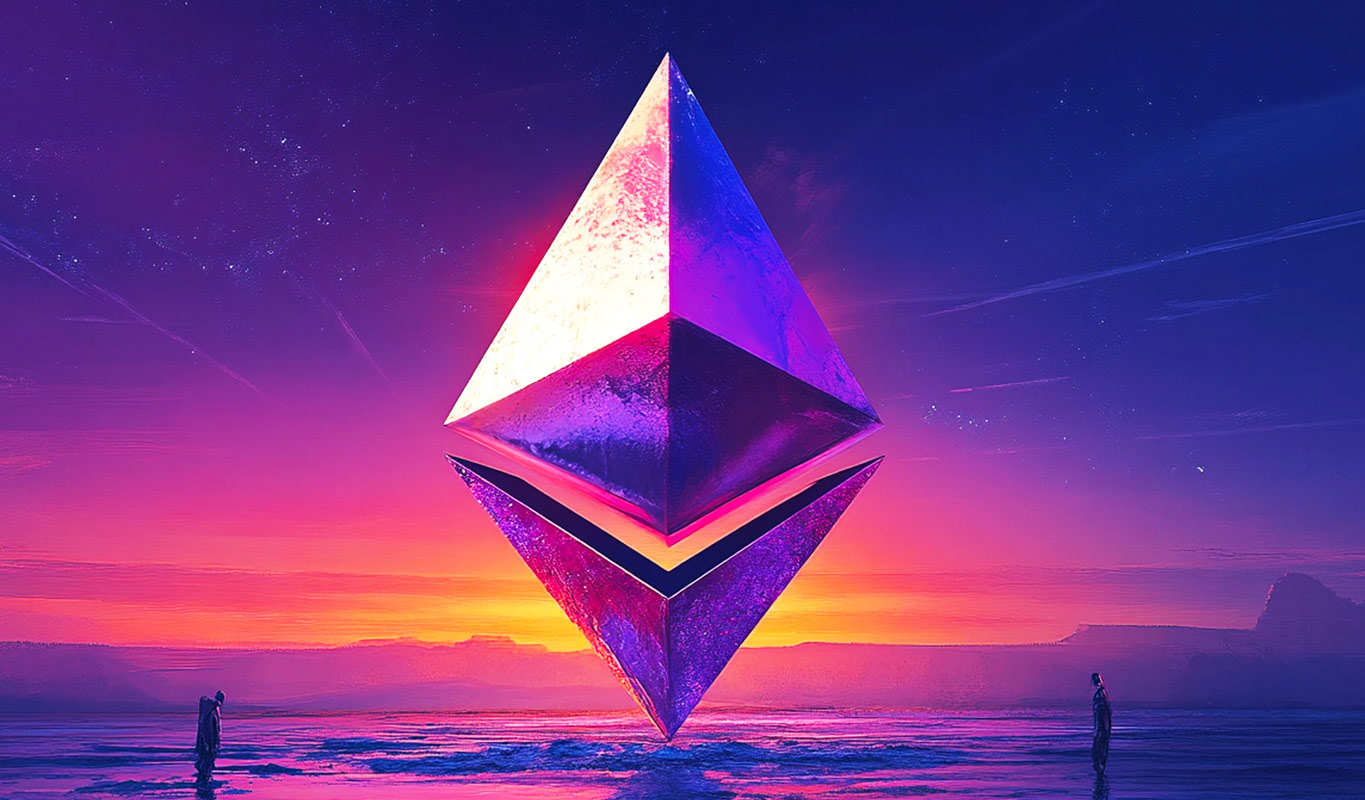
Believers in Ethereum (ETH) could be on the verge of an opportunity, according to Ki Young Ju, the founder and chief executive of the digital asset analytics firm CryptoQuant.
Young Ju tells his 370,400 followers on the social media platform X that the ETH/Bitcoin (BTC) Net Unrealized Profit/Loss level just hit a four-year low.
“Despite Ethereum’s underperformance against Bitcoin, ETH holders endure losses without realizing them. This mirrors levels from its early 2020 bottom.
This might be an opportunity for ETH believers.”

Young Ju also notes that ETH is becoming less correlated with BTC.
“The 180-day BTC-ETH Pearson correlation is at a three-year low. A 10% rise in Bitcoin could result in only a 3% gain for Ethereum.
Just because BTC is strong doesn’t mean you should buy ETH. Each asset is now following its own path.”

Young Ju isn’t the only crypto analyst who’s bullish on Ethereum: Former Goldman Sachs executive Raoul Pal also thinks ETH is primed for big gains.
The Real Vision CEO says ETH’s current chart is playing out similarly to Bitcoin’s between 2011 and 2019.
“Ethereum now versus the previous periods is following the last in Bitcoin. Now whether it gets to the target here of $20,000/ETH, who knows. Doesn’t really matter. But directionally, we’ll see what happens. ETH should accelerate from here, and I’m pretty confident that it will.”
ETH is trading at $3,054 at time of writing. The second-ranked crypto asset by market cap is down more than 1% in the past 24 hours.
Don’t Miss a Beat – Subscribe to get email alerts delivered directly to your inbox
Check Price Action
Follow us on X, Facebook and Telegram
Surf The Daily Hodl Mix
 

Disclaimer: Opinions expressed at The Daily Hodl are not investment advice. Investors should do their due diligence before making any high-risk investments in Bitcoin, cryptocurrency or digital assets. Please be advised that your transfers and trades are at your own risk, and any losses you may incur are your responsibility. The Daily Hodl does not recommend the buying or selling of any cryptocurrencies or digital assets, nor is The Daily Hodl an investment advisor. Please note that The Daily Hodl participates in affiliate marketing.
Generated Image: Midjourney
Source link
Bitcoin
Franklin Templeton crypto index ETF delayed by SEC
Published
2 days agoon
November 20, 2024By
admin

Franklin Templeton, one of the crypto exchange-traded fund (ETF) issuers, has expressed interest in releasing the crypto index ETF, but the authorities are now delaying it.
The Securities and Exchange Commission (SEC) detained the deadline for approving the crypto index ETF by Franklin Templeton. According to the filing on Nov. 20, the authorities raised their concern about the sufficient time they needed to decide whether it would be accepted or declined.
“The Commission may designate if it finds such longer period to be appropriate and publishes its reasons for so finding or as to which the self-regulatory organization consents, the Commission shall either approve the proposed rule change, disapprove the proposed rule change, or institute proceedings to determine whether the proposed rule change should be disapproved,” SEC fillings.
On August. 17, based on their filing, Franklin proposed the crypto index ETF by holding Bitcoin (BTC) and Ethereum (ETH) with the ticker EZPZ. The proposed fund would allow the two most prominent crypto in the world under the same index with an unspecified ratio weighted by market capitalization.
If approved by the authorities, EZPZ would use the Coinbase custody and be listed on the Cboe BZX exchange. Franklin may add another crypto into the index but should gain approval from the SEC.
Franklin Templeton moves on crypto
Franklin Templeton, which is based in New York, is one of the most adaptable asset managers that allows investors to gain more exposure from the crypto price movement. Franklin created another crypto-related product after receiving the authority approval in January for Bitcoin spot ETF.
On October. 31, they tokenized money market funds into several blockchains, including Base, Arbitrum, Polygon, Avalanche, Aptos, and Stellar. The U.S. government money market fund (FOBXX) has $410 million in assets being tokenized into that blockchain.
Franklin also works with SBI Group in Japan to prepare for the possibility of accepting the crypto fund in the country, but this work’s development has not been published yet.
Source link
Bitcoin
Crypto product record major inflow up to $2.2 billion
Published
3 days agoon
November 19, 2024By
admin
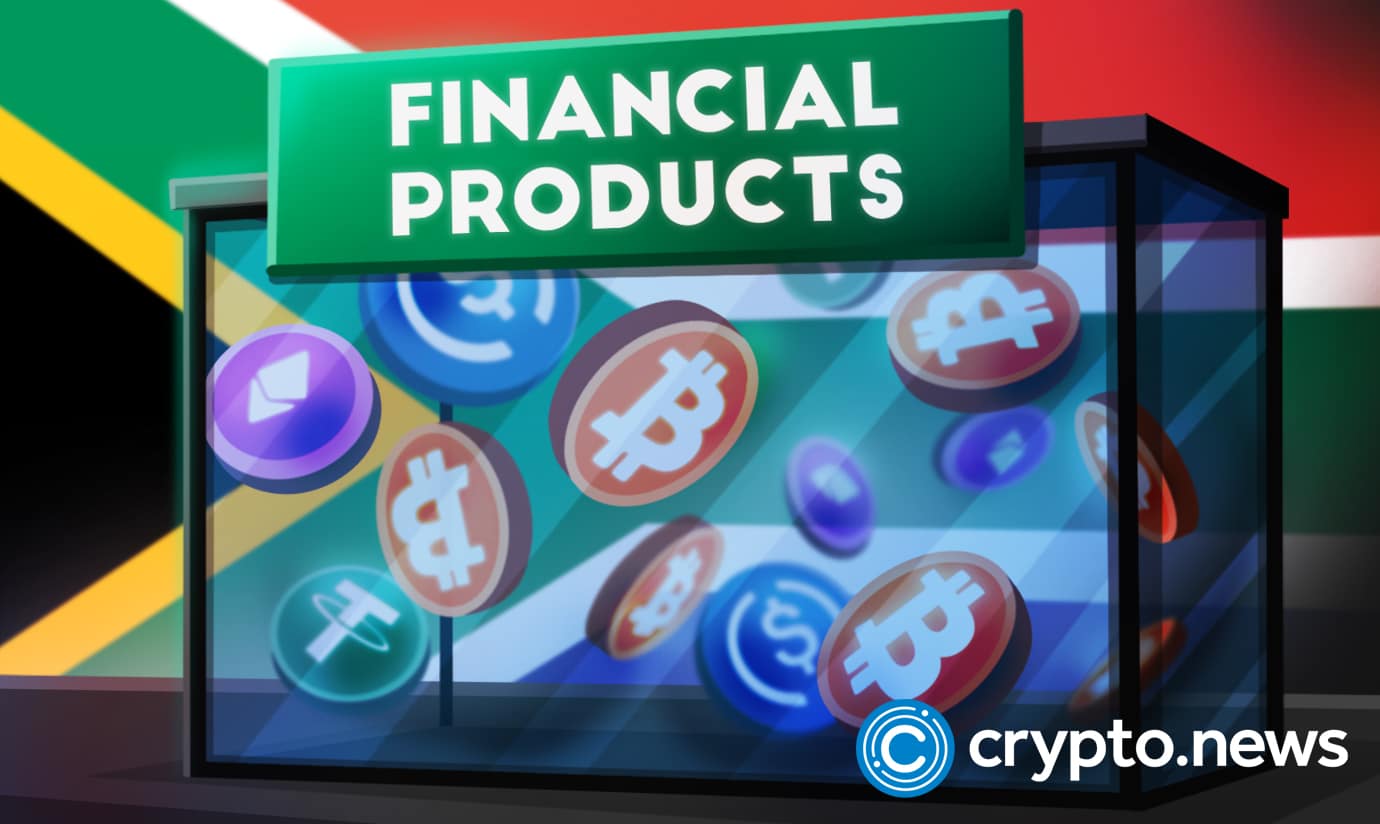
CoinShares, a digital asset manager, reported that last week crypto products saw a major inflow from institutional investors of up to $2.2 billion.
The latest U.S. Election, on Nov. 5, still stimulated the weekly cryptocurrency inflow up to $2.2 billion. The number increased 15% from the previous week by about $1.98 billion.
According to CoinShares’s release, on Nov. 18, digital asset inflows recorded $33.5 billion year-to-date and hit a new peak of under-asset management (AUM) up to $138 billion.
Bitcoin (BTC) saw the largest inflow based on assets last week of around $1.48 billion or equal to 67%. Followed by Ethereum (ETH) and Solana (SOL) with inflows $646 million and $23.9 million respectively.
The Beam Chain network upgrade proposal by Justin Drake has increased Ethereum’s inflow from $157 million. Only multi-asset and Binance Coin (BNB) record a week’s outflow.
BlackRock’s iShares Bitcoin Trust ETF (IBIT) recorded the highest surge in crypto product from last week’s inflow up to 63% or up to $2.1 billion. While the rest of the funding recorded an outflow ranging from $8 million to $153 million, including Grayscale and Fidelity.
Crypto product driving factor: U.S. Election
James Butterfill, CoinShares head of research, says a combination of looser monetary policy and a Republican winning a majority of the Congress and Presidency appears to be a driving factor of these inflows.
Donald Trump winning the White House’s second term still brings a positive rally for the cryptocurrency industry, as well as the crypto product. Buterfill has mentioned that Trump’s presidency would bring crypto-friendly regulations and fiscal policy.
Earlier, Trump picked several names for secretary on his cabinet who identified as pro-crypto personalities including Elon Musk, Tom Emmer, and Robert F. Kennedy Jr.
Bitcoin Act, who were proposed by Republican Senator Cynthia Lummis, and the Bitcoin Strategic Reserve also boosts the crypto investor’s confidence. He also mentioned this favorable outlook may bring the best potential of Bitcoin in the future.
“The next four years may witness an unprecedented level of institutional support, increased government interest, and broader public adoption, setting the stage for Bitcoin to further solidify its place in the global financial landscape,” Buterfill mentioned in the other report.
Source link

Rare Shiba Inu Price Patterns Hint SHIB Could Double Soon

The Bitcoin Pi Cycle Top Indicator: How to Accurately Time Market Cycle Peaks
Bitcoin Breakout At $93,257 Barrier Fuels Bullish Optimism

Bitcoin Approaches $100K; Retail Investors Stay Steady

Solana Hits New ATH On Huge Whale Accumulation, More Gains Ahead?

Microsoft Should Buy $78 Billion Worth of Bitcoin

Ethereum Believers May Be Staring Down Opportunity As ETH Reaches Another Low Against Bitcoin: CryptoQuant CEO

UK government is ready for crypto regulations next year

“Crypto Dad” Chris Giancarlo Emerges Top For White House Crypto Czar Role

Bitcoin Nears $100,000 As Trump Council Expected To Implement BTC Reserve

Know Your Missiles: Russia’s Experimental Hypersonic Missile Is A New Kind of Killing Machine

Polkadot investor predicts a 30,000% rally for this $0.04 token by 2025

Donald Trump Proposed Crypto Advisory Council To Set Up Strategic Bitcoin Reserve

Want Greater Bitcoin Adoption? Engage With Your Government.

Why the Media Loves the Worst of Crypto
182267361726451435

Top Crypto News Headlines of The Week

Why Did Trump Change His Mind on Bitcoin?

New U.S. president must bring clarity to crypto regulation, analyst says

Ethereum, Solana touch key levels as Bitcoin spikes

Bitcoin Open-Source Development Takes The Stage In Nashville

Will XRP Price Defend $0.5 Support If SEC Decides to Appeal?

Bitcoin 20% Surge In 3 Weeks Teases Record-Breaking Potential

Ethereum Crash A Buying Opportunity? This Whale Thinks So

Shiba Inu Price Slips 4% as 3500% Burn Rate Surge Fails to Halt Correction

‘Hamster Kombat’ Airdrop Delayed as Pre-Market Trading for Telegram Game Expands

Washington financial watchdog warns of scam involving fake crypto ‘professors’

Citigroup Executive Steps Down To Explore Crypto
Mostbet Güvenilir Mi – Casino Bonus 2024

Bitcoin flashes indicator that often precedes higher prices: CryptoQuant
Trending

 2 months ago
2 months ago182267361726451435

 24/7 Cryptocurrency News3 months ago
24/7 Cryptocurrency News3 months agoTop Crypto News Headlines of The Week

 Donald Trump4 months ago
Donald Trump4 months agoWhy Did Trump Change His Mind on Bitcoin?

 News3 months ago
News3 months agoNew U.S. president must bring clarity to crypto regulation, analyst says

 Bitcoin4 months ago
Bitcoin4 months agoEthereum, Solana touch key levels as Bitcoin spikes

 Opinion4 months ago
Opinion4 months agoBitcoin Open-Source Development Takes The Stage In Nashville

 Price analysis3 months ago
Price analysis3 months agoWill XRP Price Defend $0.5 Support If SEC Decides to Appeal?

 Bitcoin4 months ago
Bitcoin4 months agoBitcoin 20% Surge In 3 Weeks Teases Record-Breaking Potential


